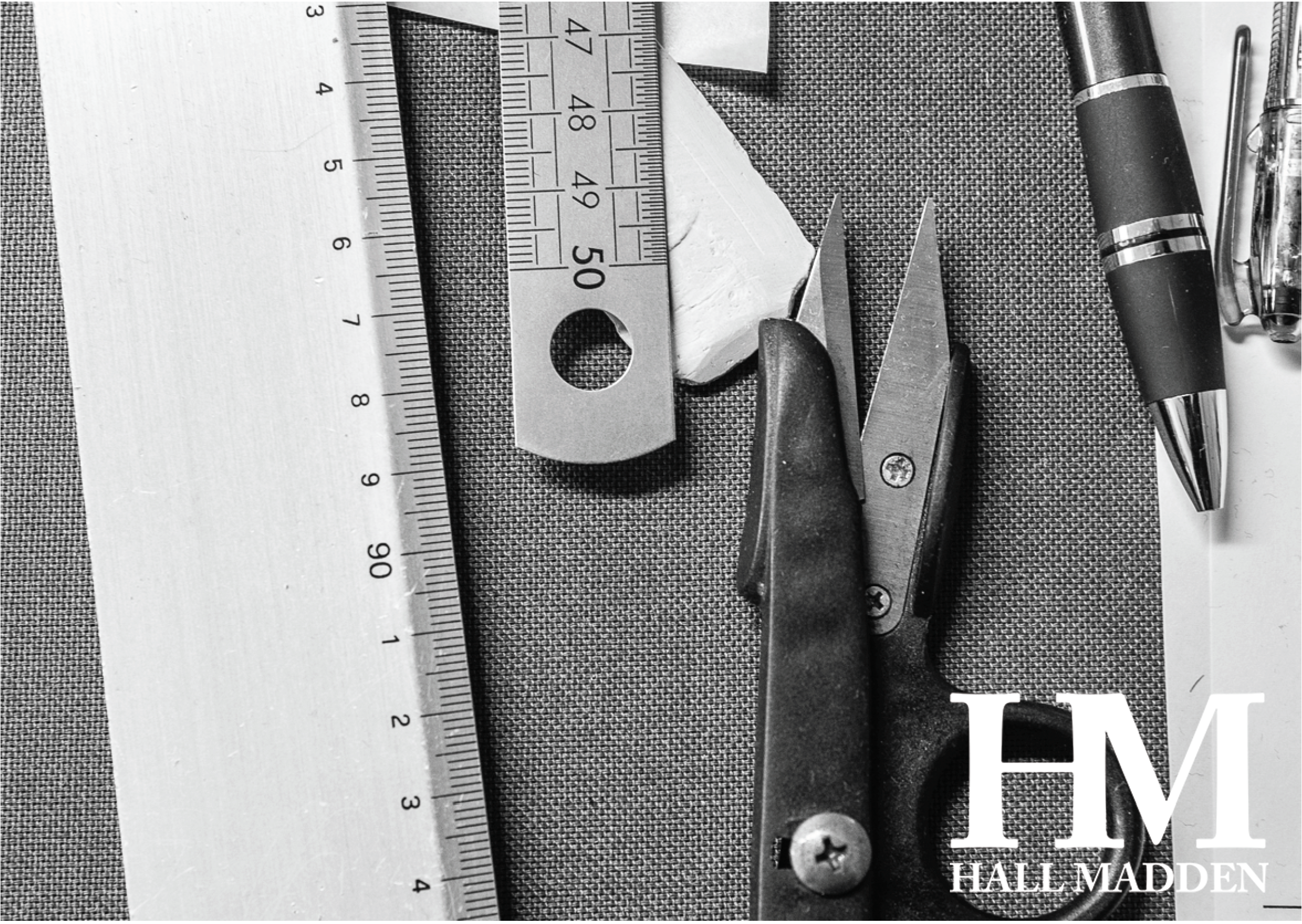
A brief history lesson on the origin of the suit
1700s
The modern suit began as British court dress. Before the mid-1600s, only nobles (and sometimes the royal family) were allowed to wear certain colors like royal purple, and luxury materials like velvet, satin, and fine furs. After the plague around 1660, King Charles II told nobles to dress more modestly to ease class tensions. They started wearing simpler jackets, shirts, and trousers in navy, grey, and taupe—an outfit that soon caught on with wealthy merchants and aristocrats.
1800s
In the 1800s, men’s formalwear changed again. The tailored outfits of the upper class evolved into the morning suit, an early version of the tuxedo that’s still worn at weddings and formal daytime events. Later, the tuxedo appeared when the Prince of Wales asked Henry Poole on Savile Row to make a tailless morning coat. By the late 1800s, the upper class wore this new tuxedo for more casual evening occasions.
1900s
This is when the modern suit really took shape. The first versions appeared in the 19th century, though no one knows exactly who designed them or why. The suit quickly became everyday wear for the rich and a “dress-up” outfit for the working class. Over time, the morning suit and tailcoat fell out of favor with upper-class men in Europe and the US.
2000s
Even though fit became more important, the suit still wasn’t what you wear today. Over the next century, tailors kept refining the construction, fit, and look of the suit. Many details came from practical needs: working sleeve buttonholes from surgeons who needed to roll up their sleeves, padded shoulders from military uniforms designed to look sharp when standing, and center or side vents from coats cut to make horseback riding easier. Together, these tweaks formed the modern men’s suit.
A brief history of suit manufacturing
1700s
Before sewing machines, all clothes were cut and sewn by hand, much like bespoke tailoring today. Jackets were built with canvas in the front to shape the body, usually made from animal hair (horse, camel, goat) mixed with cotton or linen. Around 1790, tailors developed cutting systems and, together with the new sewing machine, completely changed how garments were made.
1800s
By 1830, the first machine-based clothing factory opened in France to make army uniforms. Civilian factories soon followed, and mass production led to the rise of “ready-made” or “off-the-rack” clothing.
1900s
Because suits were complex to make, it wasn’t until the early 1900s that ready-to-wear production was widely used for them. The British style of tailoring at the time was very military-inspired.
1930s
In the 1930s, Savile Row tailors introduced a softer style with less shoulder padding and lighter canvas. Italian tailors working in London learned this approach and took it back home. In Naples, they went even further, removing most of the canvas, padding, and lining, creating the unstructured, unlined jackets we know today.
1950s
From the 1950s onward, ready-to-wear brands grew. In Italy, many kept traditional methods with canvas and hand-finishing. In Germany, a major change came with fused non-woven interlining: instead of hand-stitching canvas inside the jacket, heat was used to glue the interlining to the cloth. This was cheaper and faster but made the jacket stiffer. Some makers fused only the front and kept canvas in the chest—this became the half-canvas construction.
2012
Hall Madden opened in Chicago under the previous name, Proper Suit.



